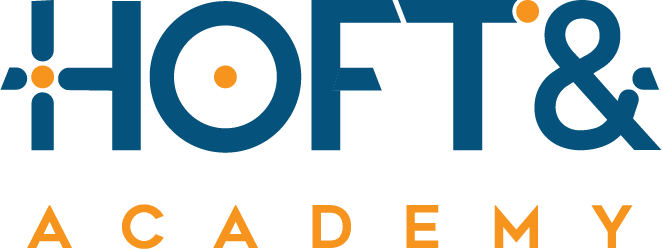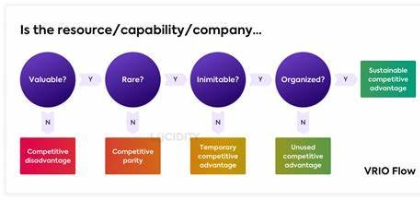As a CFO or FP&A it’s important to assess your company’s internal resources and capabilities to find out if they can be a source of sustained competitive advantage or not.
One of the best tools to make that assessment is VRIO model, that comes from the words Value, Rarity, Imitability, and Organization.
VRIO Model includes four questions that ask if a resource is: valuable? rare? costly to imitate? And is a firm organized to capture the value of the resources? A resource or capability that meets all four requirements can bring sustained competitive advantage for the company.
Valuable
The first question of the framework: Do you offer a resource that adds perceived value for customers? Are you able to exploit an opportunity or neutralize competition with an internal capability? The resources that cannot meet this condition, lead to competitive disadvantage and you need to reassess your resources and capabilities to uncover value.
Rare
Do you control scarce resources or capabilities? Do you own something that’s hard to find yet in demand? Rare and valuable resources grant temporary competitive advantage. On the other hand, the situation when more than few companies have the same resource or uses the capability in the similar way, leads to competitive parity.
Costly to Imitate
Is it expensive to duplicate your organization’s resource or capability? Is it difficult to find an equivalent substitute to compete with your offerings? Imitation can occur in two ways: by directly imitating (duplicating) the resource or providing the comparable product/service (substituting).
Organized to Capture Value
Does your company have organized management systems, processes, structures, and culture to capitalize on resources and capabilities to be able to fully realize the potential of its valuable, rare and costly to imitate resources and capabilities? Only then the companies can achieve sustained competitive advantage.
How the model works:
Step 1. Identify valuable, rare, and costly to imitate resources.
Step 2. Find out if your company is organized to exploit these resources.
Step 3. Protect the resources.







